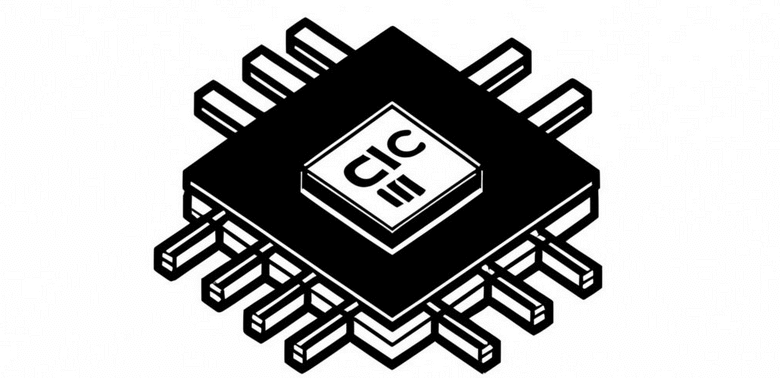Integrated circuits (ICs) are complex electronic components that contain interconnected transistors, resistors, capacitors, and other electronic components on a single semiconductor substrate.

11 High-level steps involved in the IC Construction process
The construction of integrated circuits involves several key steps:
- Substrate Material: The base material for integrated circuits is typically a wafer made of a semiconductor material, commonly silicon. Other semiconductor materials like gallium arsenide are also used for specific applications.
- Wafer Preparation: The silicon wafers are carefully prepared and cleaned to ensure a smooth and contaminant-free surface. The wafer is usually polished to achieve a high level of flatness.
- Layer Deposition: Different layers of materials are deposited onto the wafer using various techniques, such as chemical vapour deposition (CVD) or physical vapour deposition (PVD). These layers may include insulating materials (like silicon dioxide), conducting materials (metal), and semiconductor materials.
- Photolithography: A photosensitive photoresist material is applied to the wafer’s surface. A photomask containing the integrated circuit pattern is then used to expose the photoresist to light. This process creates a pattern on the photoresist.
- Etching: Etching removes the unwanted parts of the layers based on the developed pattern in the photoresist. The exposed areas are either etched away or modified to create the desired circuit pattern.
- Doping: Dopants (impurities) are introduced into specific regions of the semiconductor material to modify its electrical properties. This process is crucial for creating transistors and other semiconductor components.
- Ion Implantation: Ion implantation is a technique used to introduce dopant atoms precisely into the semiconductor material at specific depths, further customizing the electrical characteristics of the integrated circuit.
- Annealing: After doping and ion implantation, the wafer is subjected to high temperatures in an annealing process. This helps to activate the dopants and repair any damage caused during the doping and ion implantation processes.
- Metallization: Metal layers are deposited on the wafer to interconnect components. These metal layers form the conductive pathways that allow electrical signals to travel between transistors and other circuit elements.
- Packaging: The individual integrated circuits are cut from the wafer and encapsulated in a protective package. The package provides electrical connections to the external world and protects the IC from environmental factors.
- Testing: The final step includes testing the integrated circuits to ensure they meet quality standards and function properly. Defective units are discarded, while functional ICs are ready for distribution.
What is IC?
IC stands for Integrated Circuit, a tiny electronic assembly of components like transistors, resistors, and capacitors built on a single semiconductor substrate. This compact design enables the integration of numerous electronic functions on a small chip, thus improving efficiency and reducing the physical size of electronic devices. ICs are crucial for modern electronics, powering various devices, from smartphones and computers to household appliances and industrial machinery. Developing integrated circuits has been a cornerstone in advancing technology, making creating more powerful, energy-efficient, and versatile electronic systems possible.